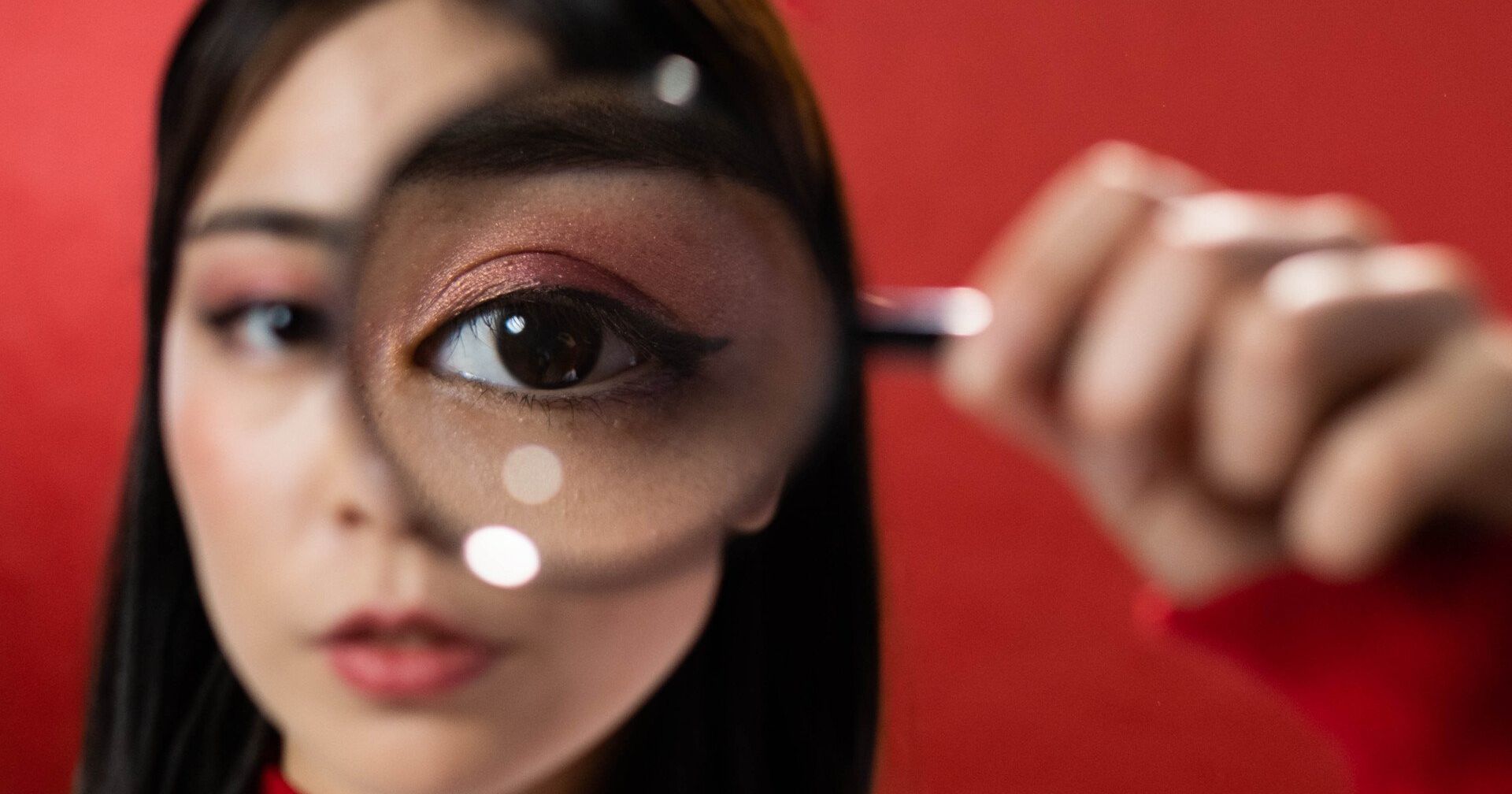Unlock the Mystery of 20/20 Vision: Discover the Surprising Truth

Read time: 2 minutes
What 20/20 Vision Means
We hear about 20/20 vision all the time. 20/20 vision is a measurement of visual acuity, or the sharpness of your vision. It’s a commonly used standard for measuring visual acuity in the United States and many other countries. "20/20" means that you can see at 20 feet what should normally be seen at that distance. It doesn’t mean perfect vision, but it’s pretty darn close. If you have 20/20 vision, you have average or normal vision.
One point to remember is that 20/20 vision only applies to distance vision. If you have 20/20 vision, it doesn’t mean that your near vision (or reading vision) is also 20/20. In fact, many people who have 20/20 distance vision still need glasses or contact lenses for reading.
20/20 vision also doesn’t take into account the quality of your vision. Just because you can see clearly at 20 feet does not mean that your vision is perfect.
There are many other factors that contribute to the quality of your vision, such as eye health, contrast sensitivity, color vision, and depth perception.
Did you know that 20/20 vision doesn’t guarantee that you will never need glasses or contact lenses? As you age, your eyesight will inevitably change and you may eventually develop a need for corrective lenses.
Why 20/20 Vision Matters
Having 20/20 vision is important for a lot of our everyday tasks. For example, if you drive a car, having 20/20 vision is necessary to pass the vision test required for a driver's license. People with less than 20/20 vision may be required to wear corrective lenses (such as glasses or contact lenses) while driving.
Similarly, people who work in certain professions may be required to have 20/20 vision. Pilots, police officers, and some medical professionals are required to have good visual acuity.
However, even if you don't drive or work in those fields, having 20/20 vision can still be beneficial for many activities of daily life, such as reading, watching TV, or using a computer.
Some people have better than 20/20 vision. This is called “super vision” and is pretty rare. People with super vision can see things more clearly than people with 20/20 vision.
Additionally, having 20/20 vision may be an indication of overall eye health and may suggest that a person is less likely to have certain eye problems. A regular eye examination with one of our excellent and friendly doctors at Urban Optiks Optometry, utilizing our cutting-edge technology, is important to detect any vision problems early and keep your eyes healthy.
Next, we'll discuss 7 FAQS on 20/20 vision
Share this blog post on social or with a friend:
The information provided in this article is intended for general knowledge and educational purposes only and should not be construed as medical advice. It is strongly recommended to consult with an eye care professional for personalized recommendations and guidance regarding your individual needs and eye health concerns.
All of Urban Optiks Optometry's blog posts and articles contain information carefully curated from openly sourced materials available in the public domain. We strive to ensure the accuracy and relevance of the information provided. For a comprehensive understanding of our practices and to read our full disclosure statement, please click here.


















